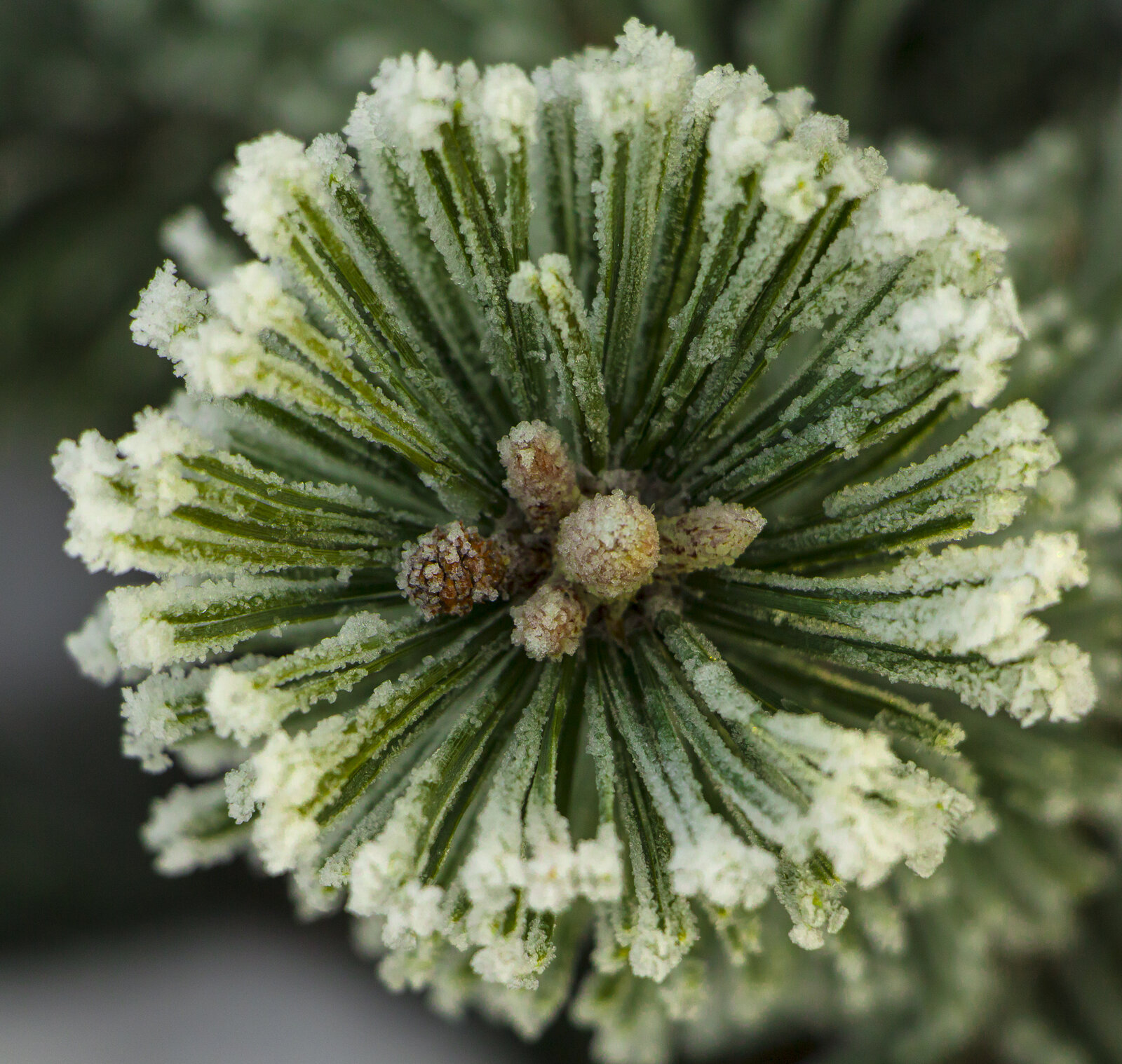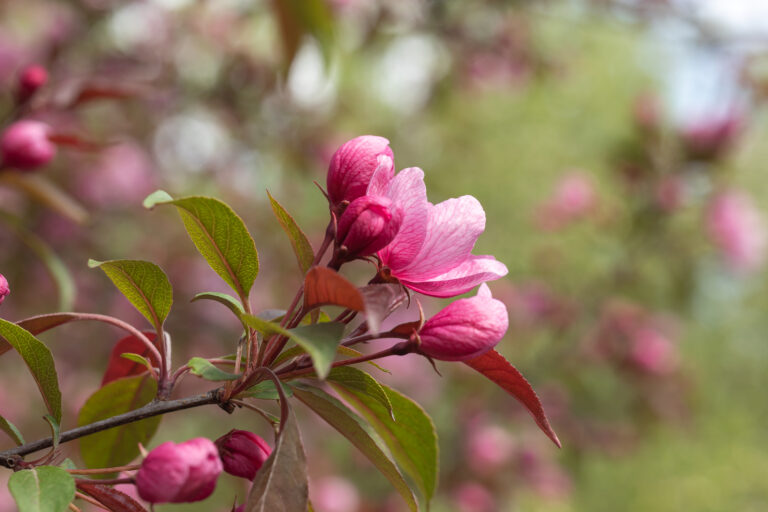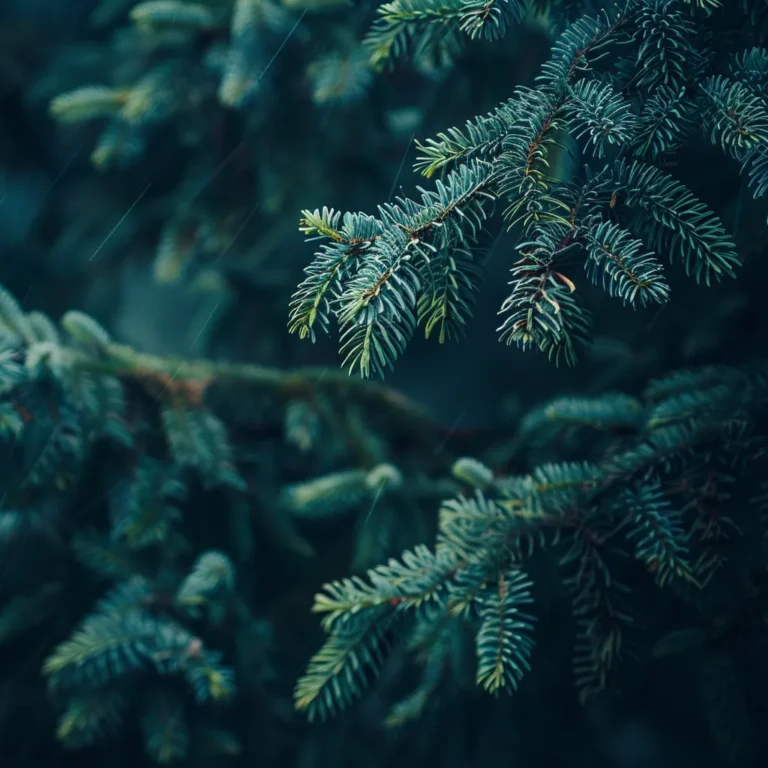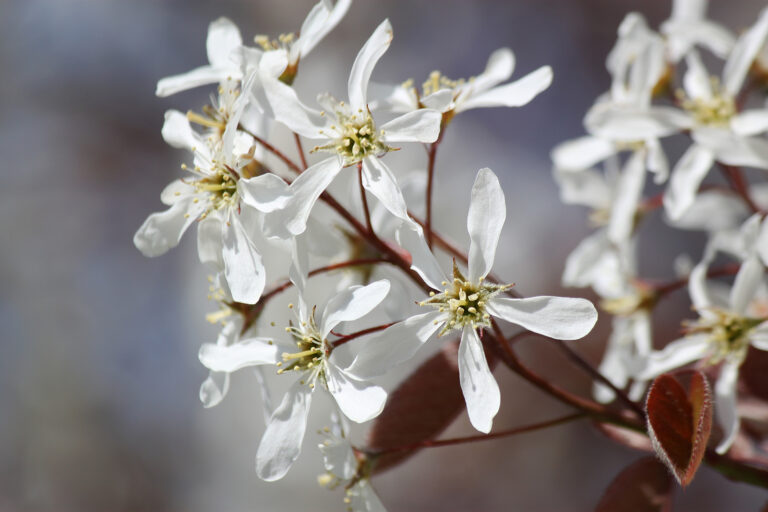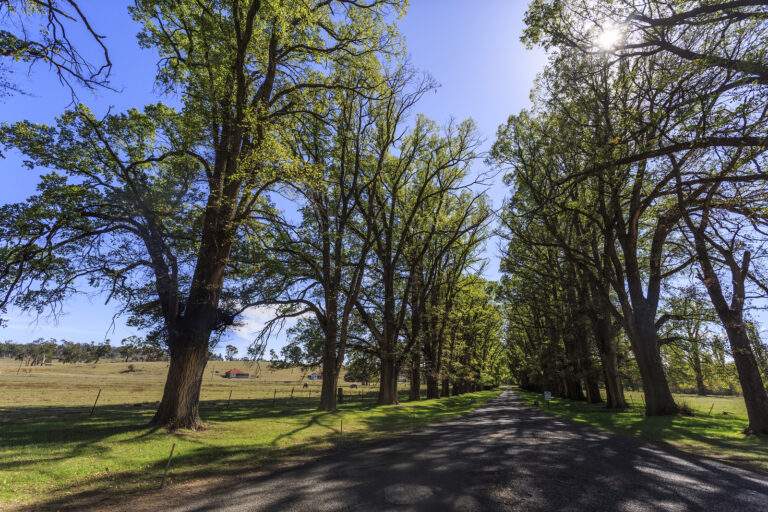How to Grow Pine Trees – Pinus
Pine is the common name of the large genus Pinus. There are many species; all are evergreen species. Pines are distinguished from conifers by their needle-like leaves in clusters of definite numbers and by their hard, woody cones that mature the second or third season.
Pines are very adaptable to varied climatic conditions. They grow well in rather poor but well-drained sandy loams. They develop long tap-roots which serve to anchor them but make them difficult to transplant.
There are pine species for every situation, fast and slow-growing. Some are fast-growing, some are slow-growing. Some have light silvery foliage and some have dark green foliage. Most grow to 100 feet tall, but there are medium-size and dwarf varieties.
Best known pine species
- White Pine, Pinus strobus, is pyramidal early and alter is wide-spreading with soft bluish-green needles to 5 inches long in clusters of five.
- Red Pine, P. resinosa, upright early becomes wide-spreading and drooping with age; dark green needles in groups 2.
- Austrian Pine, P. nigra, flat-topped with age; needles are 6 inches long in a cluster of two; there is a dwarf form.
- Japanese Black Pine, P. thunbergi, pyramidal head with drooping branches, 4-inch-long needles in bunches of two.
- Japanese Red Pine, P. densiflora, rapid growing, wide-spread; sharp-pointed blue-green 5-inch needles in clusters of two.
- Macedonian Pine, P. peuce, slow-growing tree with a compact pyramidal shape, bluish-green needles in bundles of five.
- Korean Pine, P. koraiensis, compact, slow-growing, excellent for home gardens, dark green 4-inch needles in bundles of 5.
- Scots Pine, P. sylvestris, spreading, drooping branches, twisted needles in clusters of two; several varieties with silvery needs, golden needles, columnar and dwarf.
- Bristle-cone pine, P. aristata, is a slow-growing tree to 20 feet with short bluish-green needles; drought tolerant; ‘Compacta’ is a dense globular form.
- Eastern white pine, P. stobus, is a tall tree with long needles; use as a screen.
- Bristle-cone pine, P. aristata, is a slow-growing tree with short bluish-green needles; drought tolerant; Zones 5-9. ‘Compacta’ is a dense globular form.
- Limber Pine, P flexilis, 3-inch long needles in bundles of five.
- Mugo Pine, P. mugo compacta is shrubby form, bright green needles in a bundle of two; dense rounded form; variety rostrata grow to 80 feet.
- Himalayan Pine, P. excelsa, graceful tree with grayish-green drooping needles 8 inches long in bundles of five.
- Japanese White Pine, P. parviflora, dense growth, bluish-green needles in bundles of five.
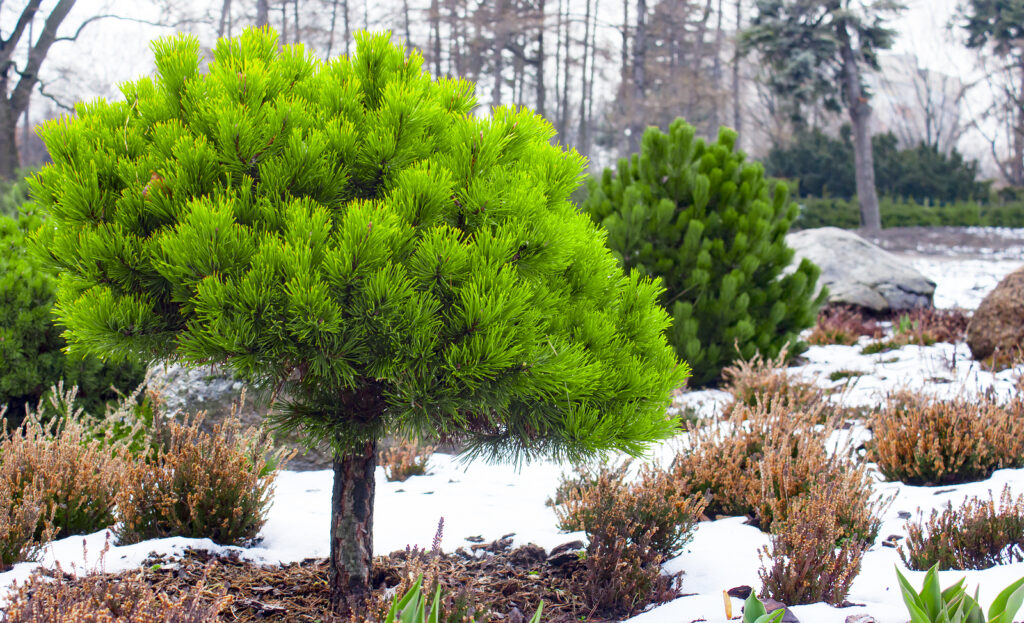
Get to know Mugo Pine
- Plant type: Coniferous evergreen
- Growing Zones and range: 2-7
- Hardiness: Hardy
- Height and spread: To 20 feet (6m) tall and slightly wider; many cultivars are much smaller, not greater than 5 feet tall
- Foliage: Stiff needle-like leaves
- Flowers: Reddish female flowers are followed by tan or brown cones
- Bloom time: Late spring
- Uses: Foundation plant, hedge, Asian garden
- Botanical name: Pinus mugo
- Common name: Mugo pine, Swiss mountain pine
- Origin: Northern Hemisphere
Where to plant Mugo Pine
- Grow mugo pine in full sun.
- Plant mugo pine in humus-rich, well-drained soil.
When to plant Mugo Pine
- Transplant balled-and-burlapped plant in spring.
Planting and spacing Mugo Pine
- Space mugo pines 10 to 15 feet apart.
How to water and feed Mugo Pine
- Keep the soil evenly moist.
- Fertilize pines by spreading aged compost to the dripline at least once a year.

Mugo Pine care
- To promote more compact growth trim new shoots back by half in spring.
Mugo Pine common problems
- Plants grown in fertile soil with adequate moisture tolerate insect attacks better than stressed plants.
Mugo Pine propagation
- Sow seed when ripe in fall or spring.
- Graft in late winter and early spring.

